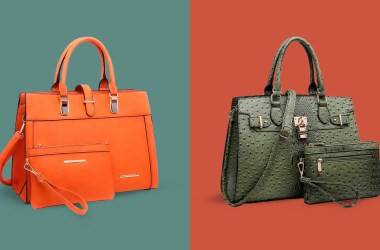
Dec. 1, 2025
The ‘Walmart Birkin’ is gone, but Amazon has better alternatives on sale for Cyber Monday
Our experts' review of the top fashion accessories products.